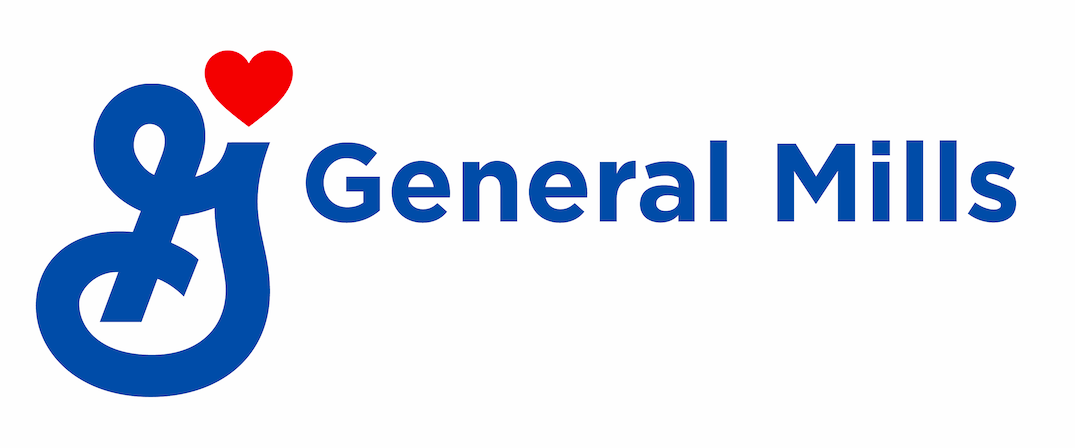Doing More to Waste Less
By Claudine Galloway

Today is World Food Day. It’s a day to celebrate the power of food but also to recognize the challenges we face to ensure no one goes hungry.
The irony is that there are 820 million people worldwide that are chronically undernourished, while more than a third of all food produced is never consumed.
And worse, most food waste goes to landfills where it emits greenhouse gases like carbon dioxide and methane.
“Despite these daunting figures, there’s a tremendous opportunity here,” says Nicola Dixon, executive director of the General Mills Foundation. “Rescuing even a fraction of the world’s good surplus food before it goes to waste to feed more people not only alleviates hunger, but also reduces landfill waste and GHG levels.”
General Mills is a part of coalition of leading food makers, retailers and foodservice operators that have committed to not only minimize food waste within their own operations, but to also play a leading role in helping society cut food waste levels in half by the year 2030.
We are also leading a variety of initiatives to combat food waste within our food production operations, across the industry, within communities, and by helping people reduce food waste in their own homes.
Operations: We’re making progress toward our zero-waste-to-landfill targets at our plants. Last year, twelve facilities (24% of the global total) fully met our criteria.
Industry: We actively participate in industry, nonprofit and government groups focused on food waste reduction as well as surplus food recovery. General Mills is part of an industry-wide effort to standardize food product date labels to improve clarity about quality and safety.
Retailers: General Mills works to get perfectly good food that isn’t sold at grocery stores, restaurants and cafeterias. Over the past three years, our global investments in food recovery technology have empowered 30,000 retailers to participate in food rescue versus throwing away good food.
Communities: We support nonprofit leaders that make it possible for food manufacturers, grocers, restaurants, distributors, trucking companies and other organizations to donate perfectly good uneaten food so it can be distributed to people in need.
Learn about our work with Feeding America’s MealConnect in the U.S., FareShare in the UK and our support of the Global Foodbanking Network’s Zero Food Waste Challenge.
Consumers: Here’s the ugly truth. 40% of ingredients purchased with good intentions to be whipped up into a meal sadly end up uneaten and in landfills. That amounts to a whopping 63 million tons of food each year.
Therefore, we educate people on how to save food at home not only to help mitigate the food waste problem, but also to help families save up to $1,500 per year (hint: wasted food = wasted dollars).
Last year, our #tastenotwaste initiative on BettyCrocker.com inspired millions of people to reduce food waste in the home.
And now, Betty Crocker is back for year two of #tastenotwaste to help reduce food waste by doing what she’s always done: providing expert tips, kitchen-tested recipes and cooking lessons focused on using up what people have on hand.
Check out this video with easy tips and tricks.
This year we’re introducing the #pantryraid challenge to waste less and save more.
Join us in the pantry raid challenge October 16 to 21 on Instagram.
We’re committing to using what we have on hand and not letting anything go bad (we see you back there, container of sour cream), by raiding our pantries and getting creative at mealtime.
We’re sharing our best tips, tricks and recipes that make it totally doable all five days. Share your creative meal solutions and tips on Instagram with hashtag #pantryraid and tagging @bettycrocker throughout the week.
When we all do our part, we can make a difference in the amount of food that gets thrown out.

